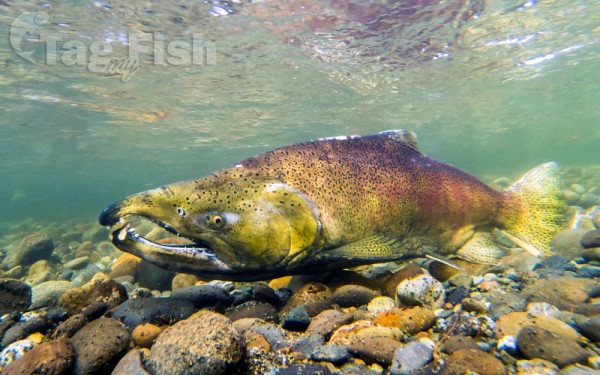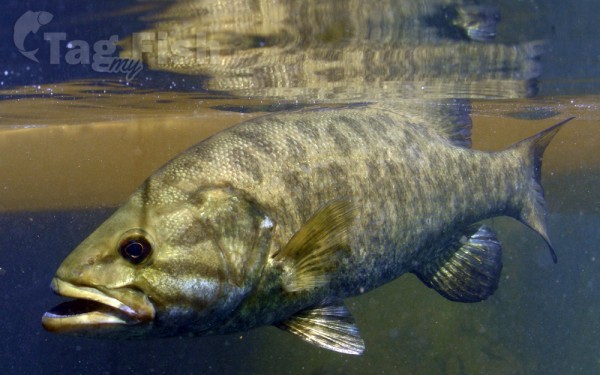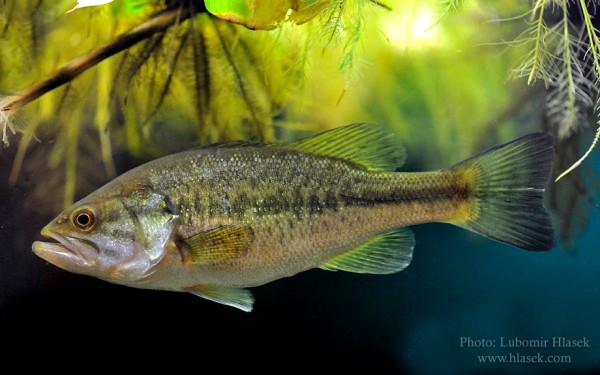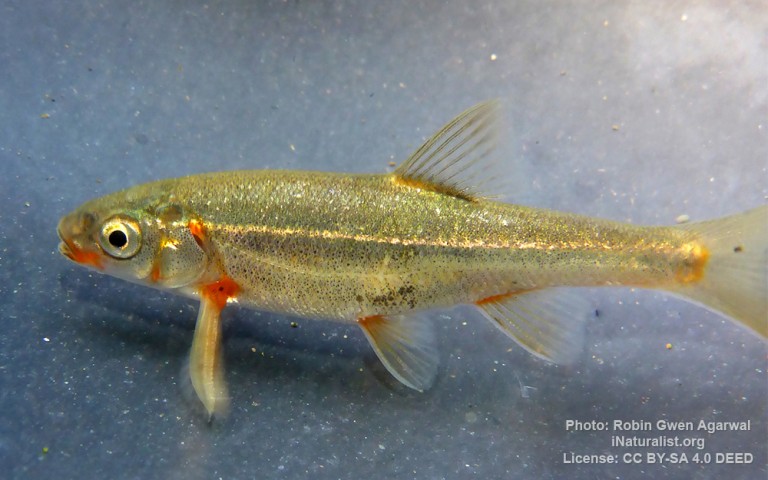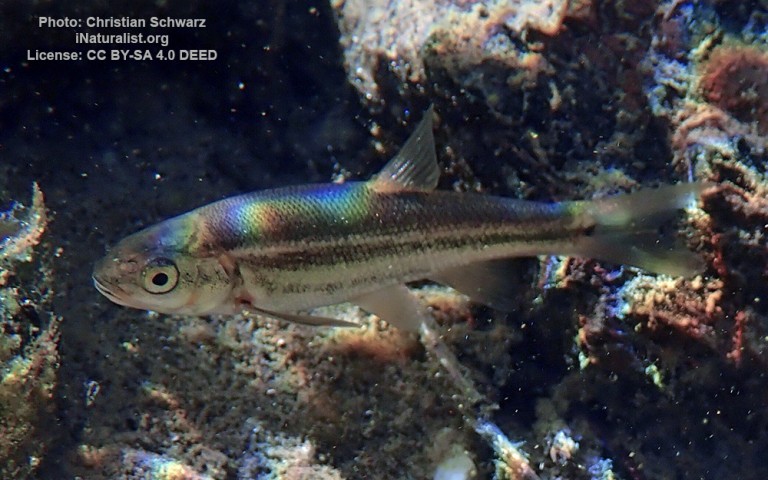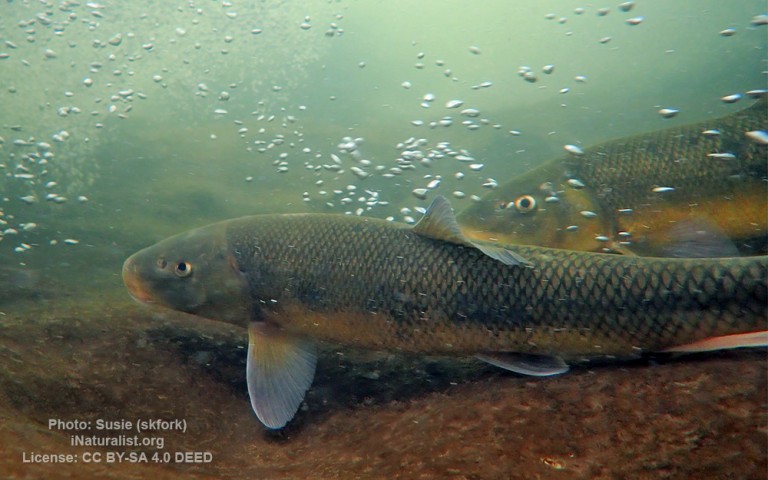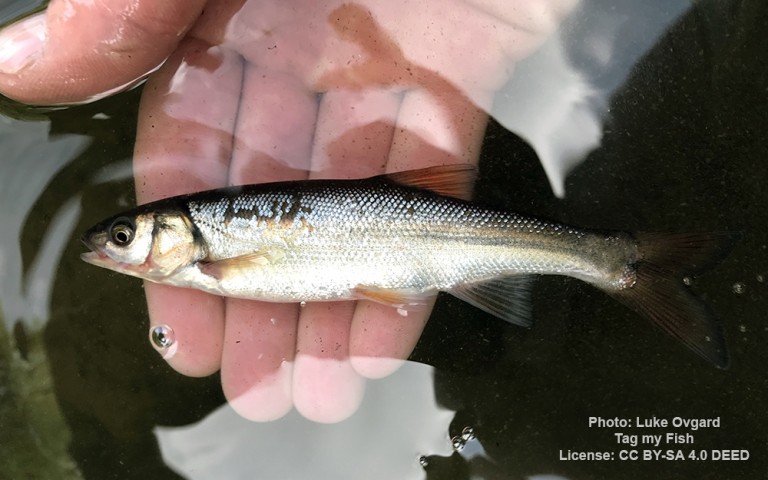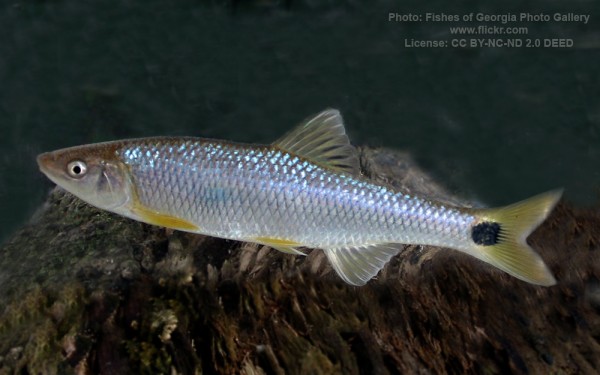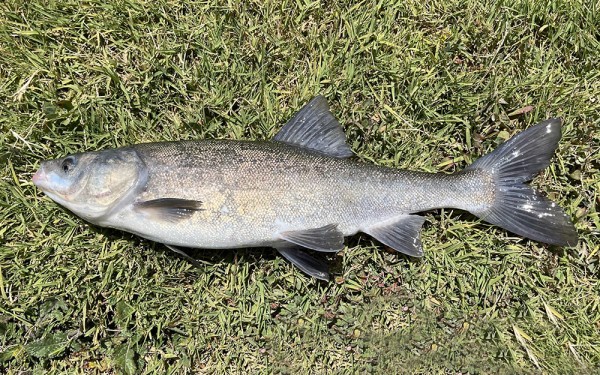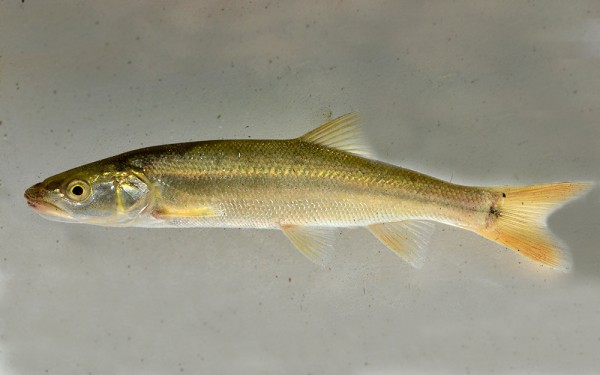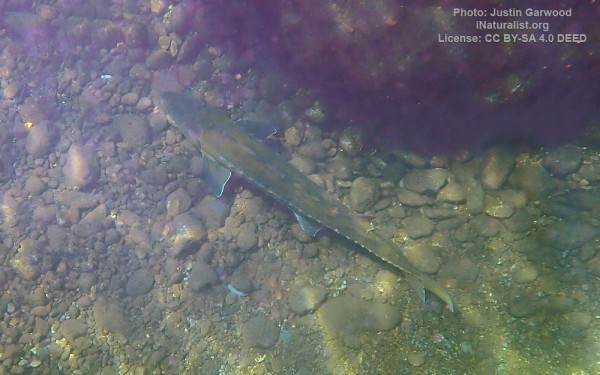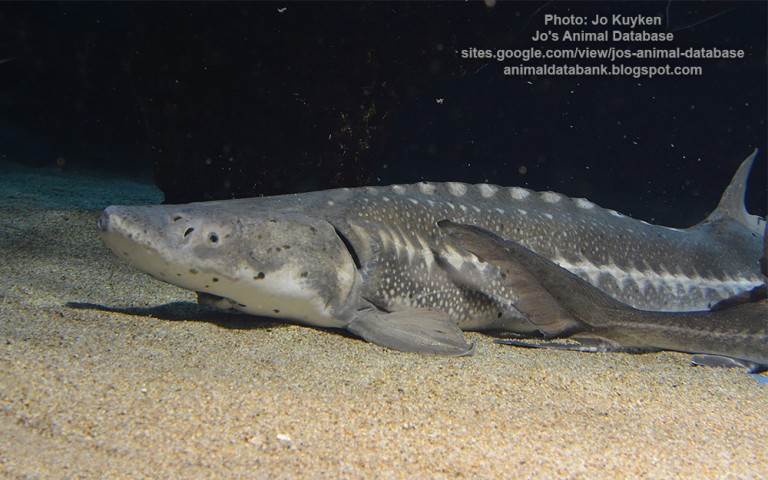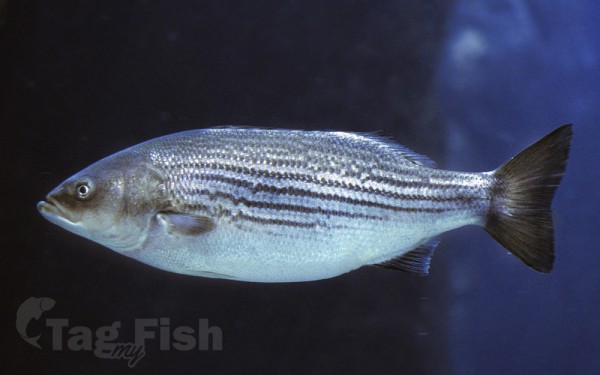Mokelumne River
Largest tributaries
Salmoniformes - Salmons and Trouts
Centrarchiformes - Basses and sunfishes
Cypriniformes - Carps
Acipenseriformes - Sturgeons and Paddlefish
Moroniformes - Temperate basses
Salmoniformes - Salmons and Trouts
Centrarchiformes - Basses and sunfishes
Cypriniformes - Carps
Acipenseriformes - Sturgeons and Paddlefish
Moroniformes - Temperate basses
The Mokelumne River (/məˈkʌləmni/ or /məˈkʌləmi/; from the Miwok language meaning ’People of the Fish Net’) is a 95-mile (153 km) long river located in northern California, USA. Originating from a rugged area of the central Sierra Nevada, it flows westward into the Central Valley and eventually merges with the Sacramento–San Joaquin River Delta, where it joins the San Joaquin River-Stockton Deepwater Shipping Channel. Including its main tributary, the Cosumnes River, the Mokelumne River watershed covers 2,143 square miles (5,550 km2) across five California counties. The river stretches for 157 miles (253 km) when measured to its farthest source at the head of the North Fork.
The Mokelumne River is traditionally divided into two sections: the Upper Mokelumne River, running from its headwaters to Pardee Reservoir in the Sierra foothills, and the Lower Mokelumne River, which extends downstream from Camanche Dam.
Popular for recreational activities, the Mokelumne River attracts visitors for fishing, camping, water sports, birdwatching, picnicking, gold panning, and enjoying spring wildflowers.
The river serves as vital habitat for spawning Pacific salmon and steelhead trout. Historically, these fish could migrate upstream beyond present-day Pardee Dam until a natural waterfall obstructed further passage. From 1950 to 1997, the annual fall Chinook salmon run averaged 3,434 fish. Construction of the Camanche Dam impeded access to several miles of prime salmonid habitat. To mitigate habitat loss, a fish hatchery was established on the Mokelumne River in 1964, shortly after the dam\\\’s completion.
The lower Mokelumne River hosts a diverse ecosystem with at least 35 fish species. Besides salmon and trout, native species include prickly sculpin (Cottus asper) and Sacramento squawfish (Catostomus occidentalis). Non-native species such as western mosquitofish (Gambusia affinis), largemouth bass (Micropterus salmoides), and bluegill (Lepomis macrochirus) also thrive in the river.
